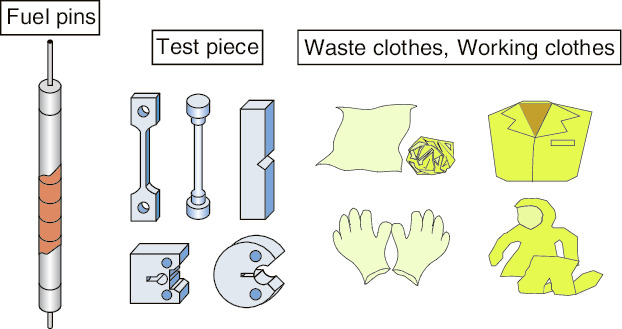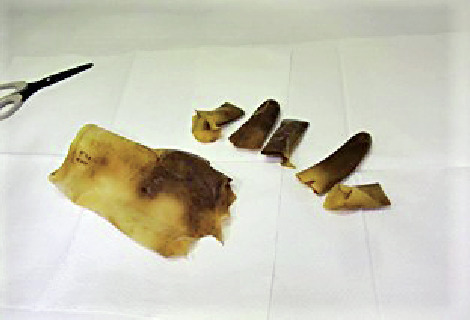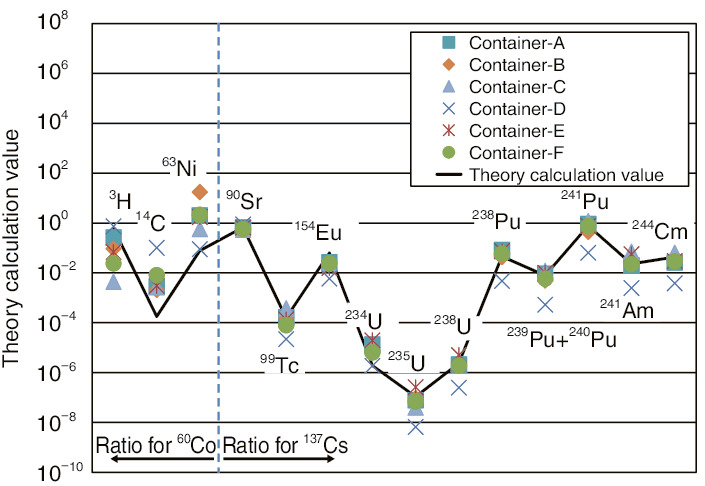
Fig.8-6 Example of waste generated from post-irradiation examination facilities

Fig.8-7 Sample of combustible wastes

Fig.8-8 Comparison of the nuclide-composition ratios of analytical and theoretically calculated values
A technique for evaluating the radioactivity concentration must be developed to enable the disposal of waste products generated from research, industrial, and medical facilities. The waste generated from post-irradiation-examination (PIE) facilities (Fig.8-6) includes a large number of radionuclides from irradiation fuel and materials irradiated in a nuclear reactor. Therefore, establishing methods to reasonably confirm these nuclides is necessary. We calculated the radioactivity-concentration ratio (nuclide-composition ratio) of nuclides in irradiation fuel and irradiated materials based on burn-up calculations; we also devised a method for evaluating the radioactivity of waste using this nuclide-composition ratio. In this study, the analytical nuclide-composition-ratio value was considered against the value theoretically calculated.
Seventeen nuclides (3H, 14C, 60Co, 63Ni, 90Sr, 99Tc, 137Cs, 154Eu, 234U, 235U, 238U, 238Pu, 239Pu, 240Pu, 241Pu, 241Am, and 244Cm) were selected as evaluation-target-candidate nuclides for the burial disposal of radioactive waste of PIE facilities in this study. For such nuclides, the nuclide-composition ratio for 60Co or 137Cs was calculated based on the result of chemical analysis of a sample of combustible wastes (Fig.8-7) generated from PIE facilities. On the other hand, the theoretical nuclide-composition ratio using the burn-up calculation was determined based on the irradiation condition of the materials in question.
It was observed that the theoretical nuclide-composition ratios of 90Sr, 99Tc, 154Eu, 234U, 235U, 238U, 238Pu, 239Pu+240Pu, 241Pu, 241Am, and 244Cm occurring in the fuel agreed well with their analytical values (Fig.8-8). On the contrary, for 14C and 63Ni, which were corrosion products of materials, a difference was seen between the analytical and experimental nuclide-composition ratios. We believe that this result suggests the necessity of considering the contribution of radioactive cladding in a refrigerant and the influence of differences in the elementary compositions of materials.
We are presently examining the influence of the above factors upon the nuclide composition of irradiation fuel and irradiated materials with the aim of improving this method.